Best budget gravel bikes 2025: Gravel options that won't break the bank
Whether you're gravel racing or seeking bikepacking adventures, our pick of the best budget gravel bikes will get you off-road at an affordable price
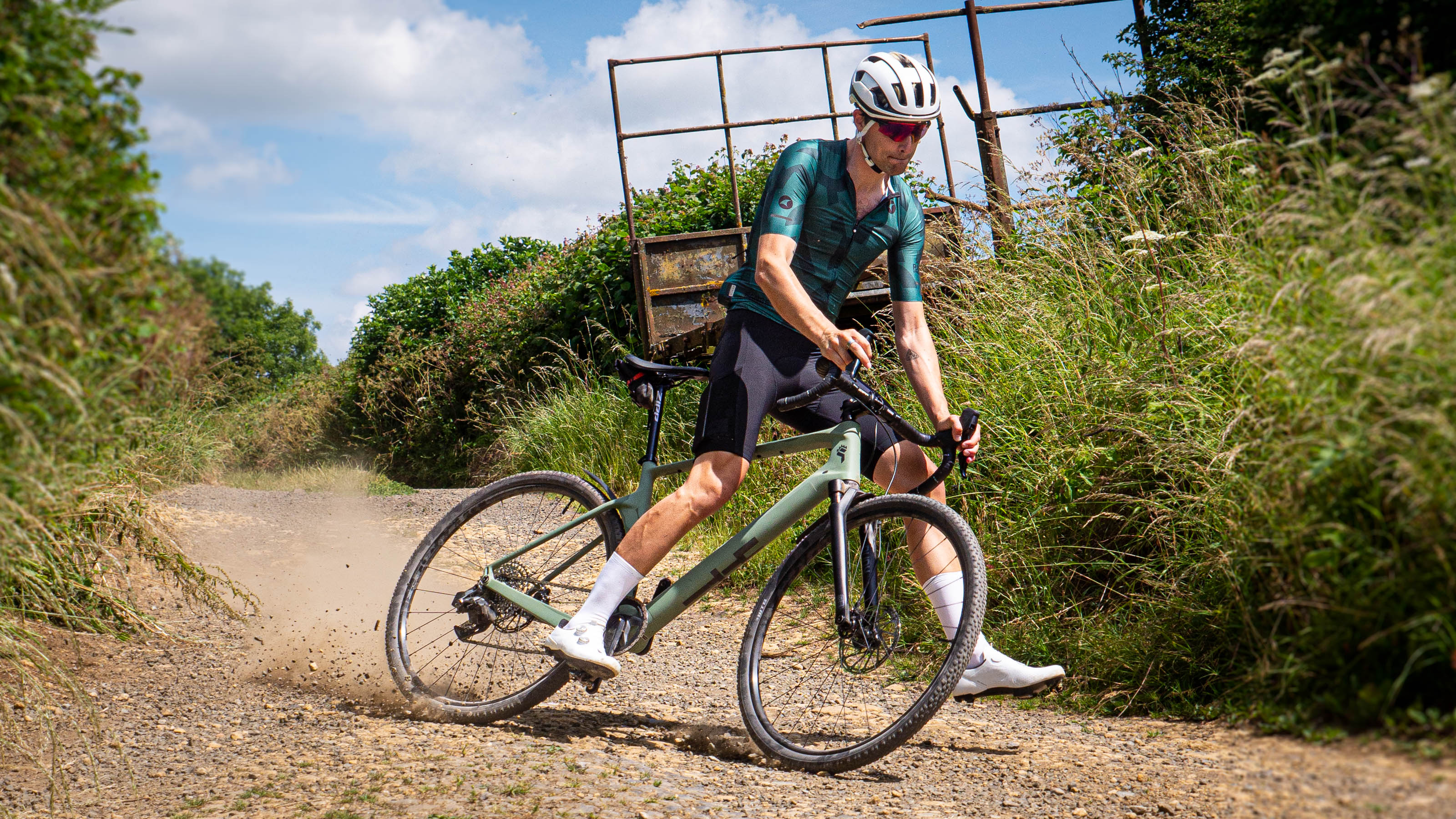
Budget gravel bikes are going to mean different things to different people, luckily your budget won't dictate the type of gravel bike you can get. Whether you're looking for a fast gravel experience or something more adventure-orientated, all types of gravel bikes are featured within this guide and represent solid value for money at a price point roughly between $2600 / £2000 up to $5200 / £4000.
Luckily for gravel riders on more modest budgets, technology from the best gravel bikes at the upper end of the pricing spectrum trickles down towards the best entry-level gravel bikes and all the ranges in between. The best budget gravel bikes hit a sweet spot between the two and offer the best value for money. That's what we're looking at here. Solid, well-equipped bikes, with durable components to handle a range of riding and serve as a platform to upgrade from. Our top pick is the Orbea Terra M30Team 1X as we think it reflects many modern gravel features, delivering a great ride straight from the box and a worthwhile platform to upgrade
There are bikes within this guide that were tested as part of our gravel bike group test. After thorough testing with the CN tech team, we have included our pick of the bunch from those bikes here too.
Quick list
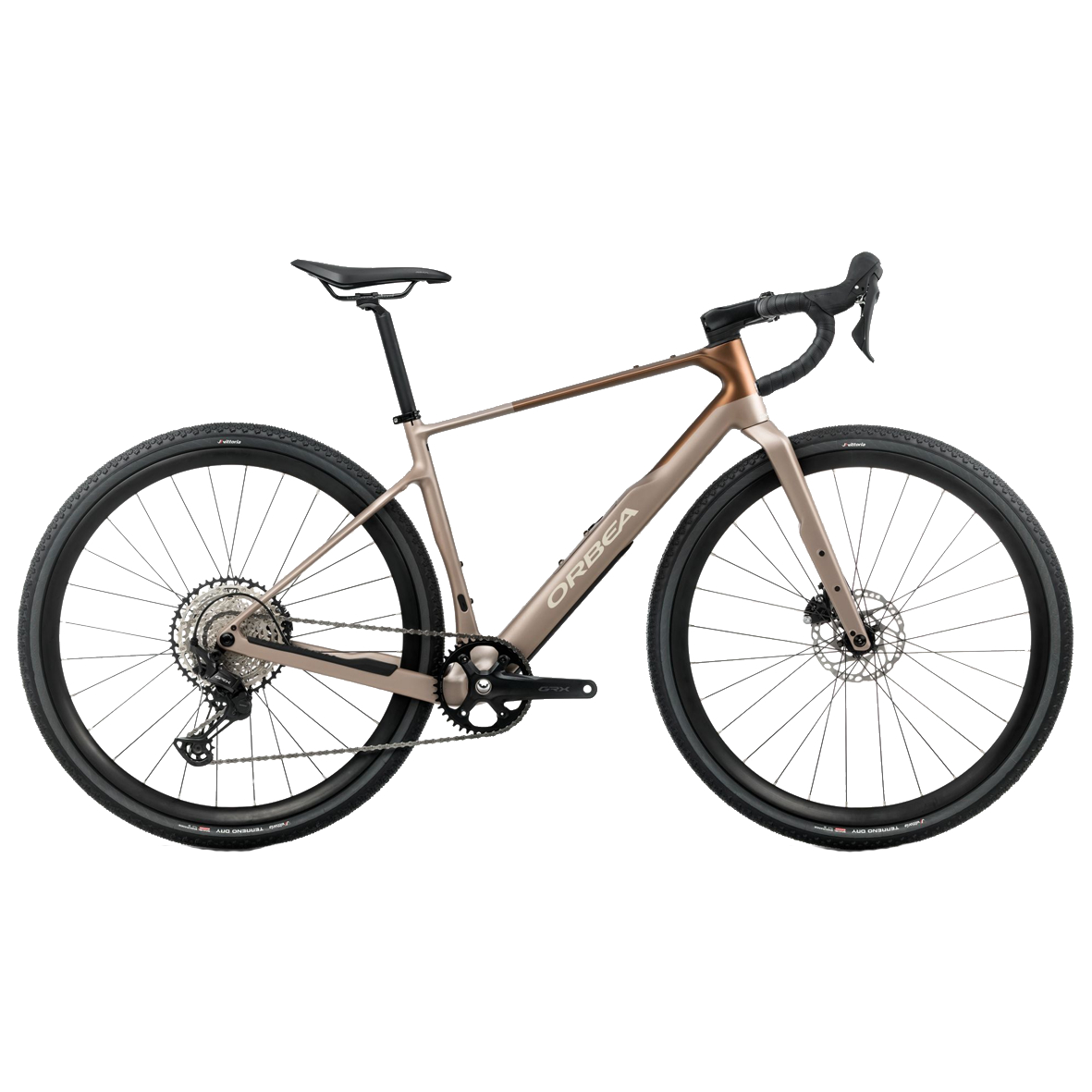
Orbea's Terra offers a lot of performance for a budget gravel bike. You get the same high-spec carbon frame used throughout the Terra range, plus there's big tyre clearance and internal storage.
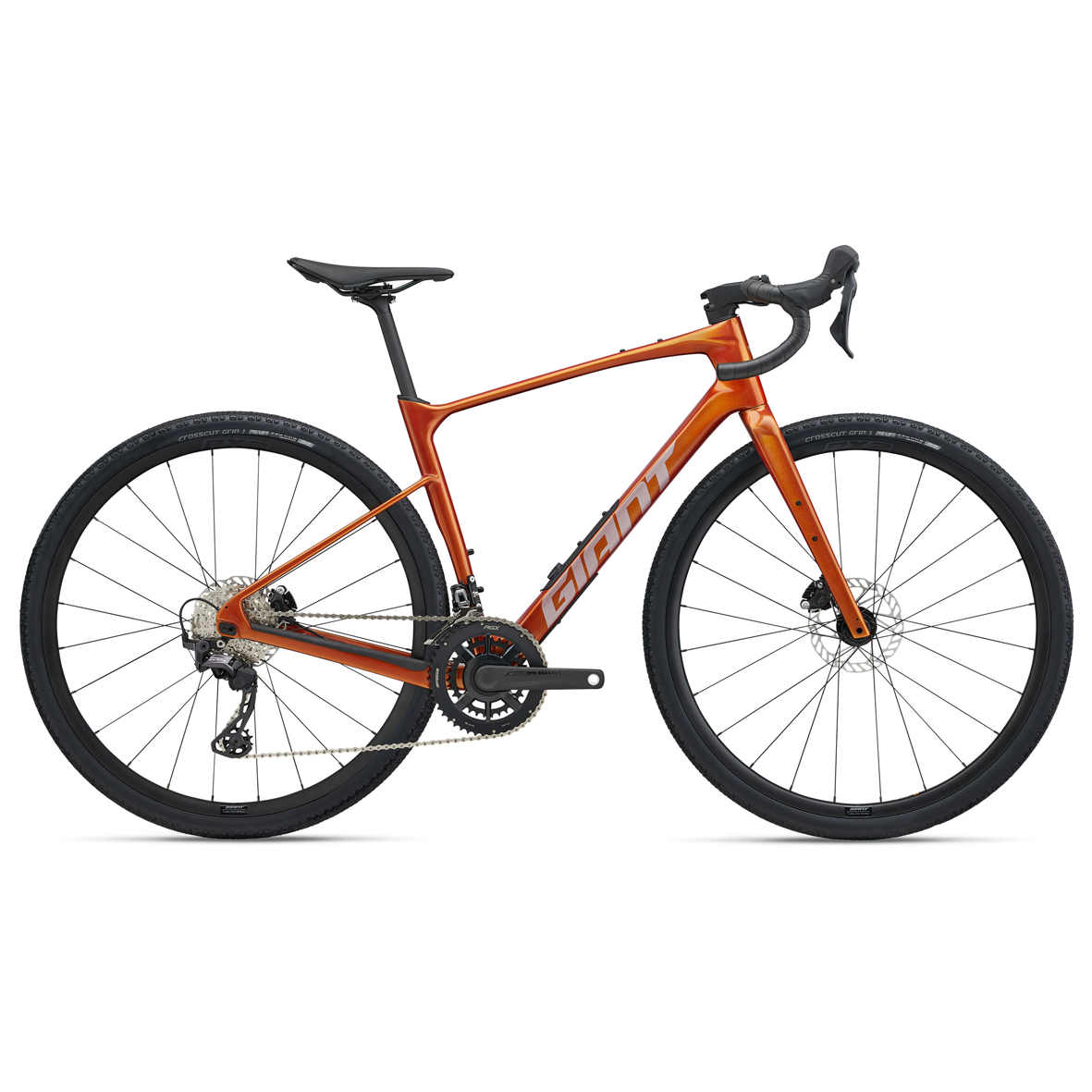
If you're looking for a gravel bike to take on everything from bikepacking to a bit of gravel racing, the Revolt is a great option.
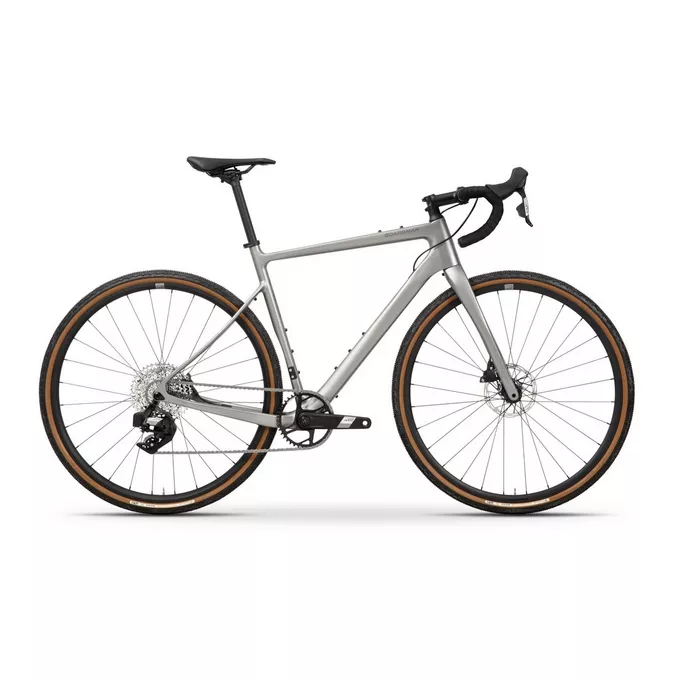
The Boardman ADV took our best value award in our gravel bike group test. Pulling together a carbon frame, electronic AXS groupset and sensible component options.
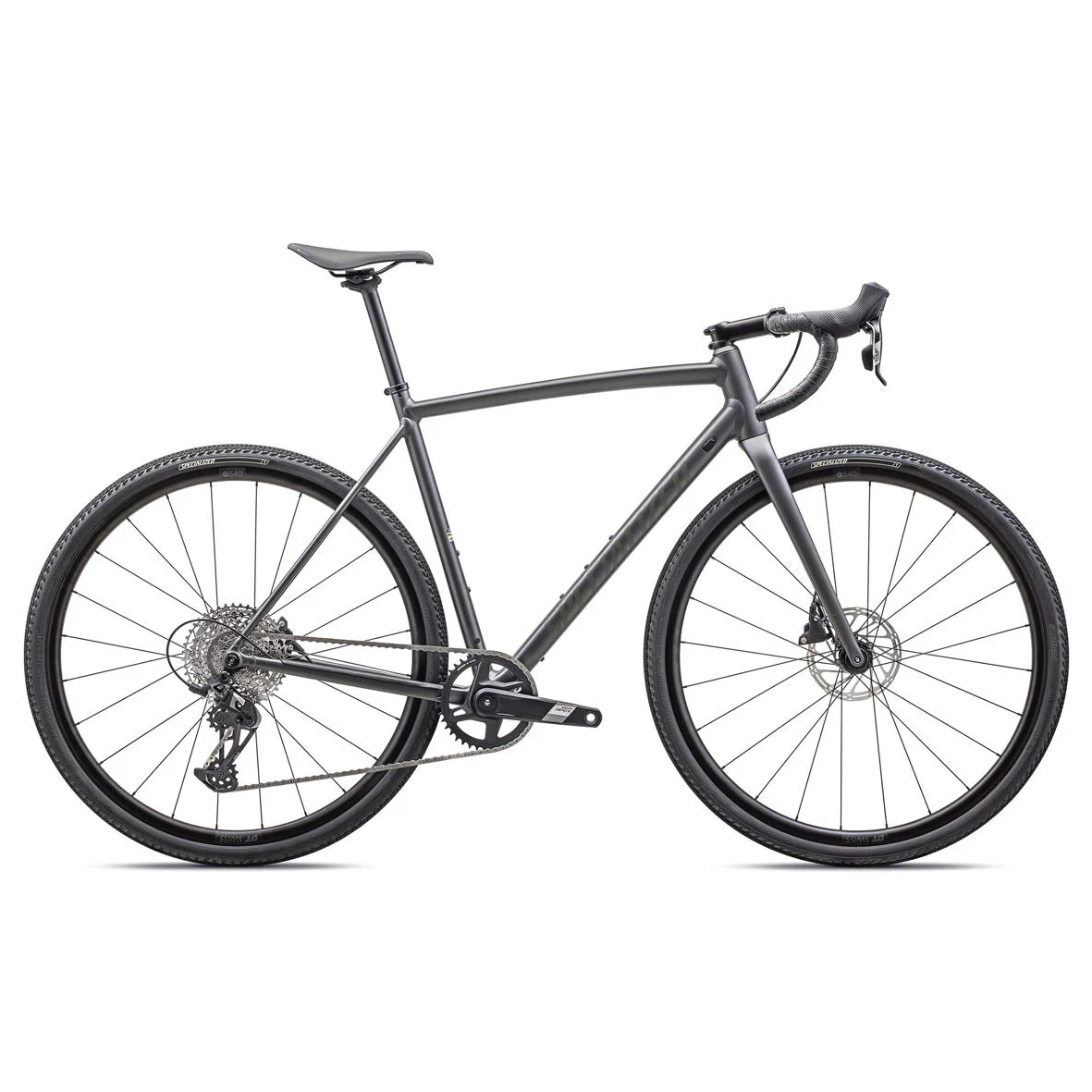
Specialized claims that the Crux DSW is the lightest alloy gravel bike frame ever made, with the complete build tipping the scales at a claimed 9.37kg.
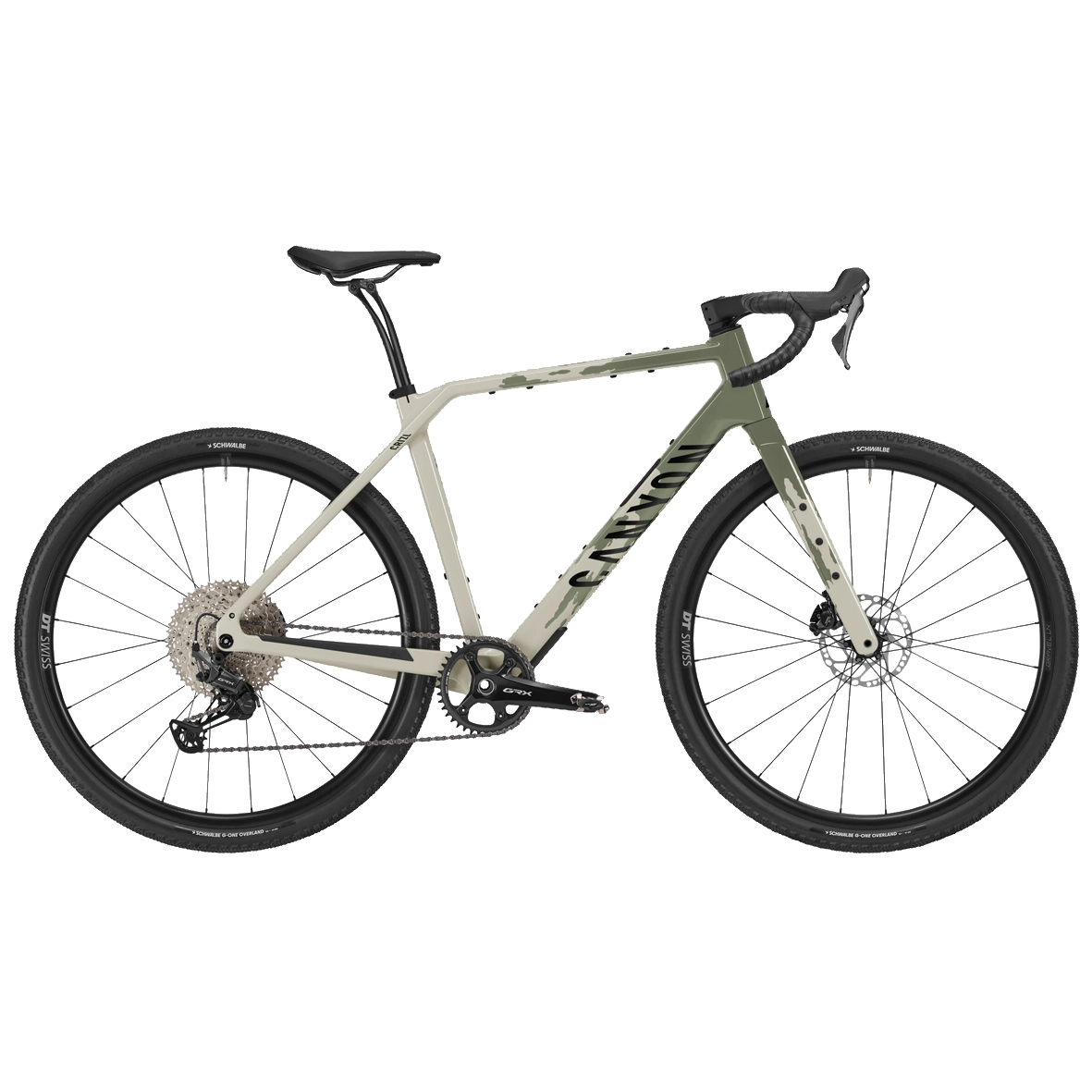
The Canyon Grizl has always been an adventure-focused gravel bike that rides brilliantly on gravel but is more than tough enough for epic bikepacking trips.
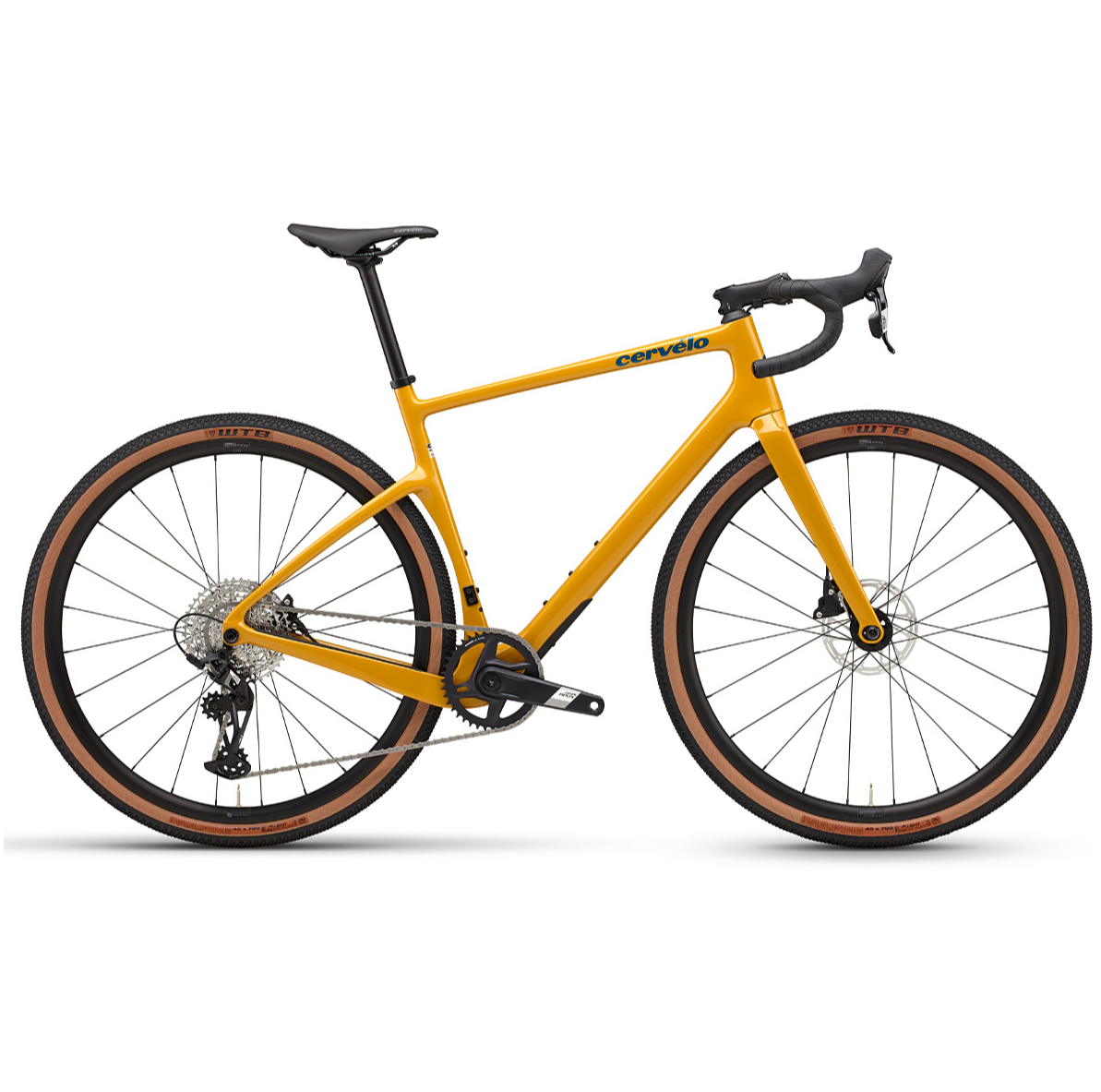
Cervelo's Aspero is a race-focused gravel bike, with an aerodynamic carbon frame and aggressive geometry to match.
Last updated on 31st of July 2025
Major update to the guide, overhauling the categories to make them more relevant to readers' needs. To provide a more comprehensive range of gravel bikes, the bike selection has been revised to suit the new categories, reflect spec changes, and ensure availability.
Best budget gravel bikes
You can trust Cyclingnews
Best overall
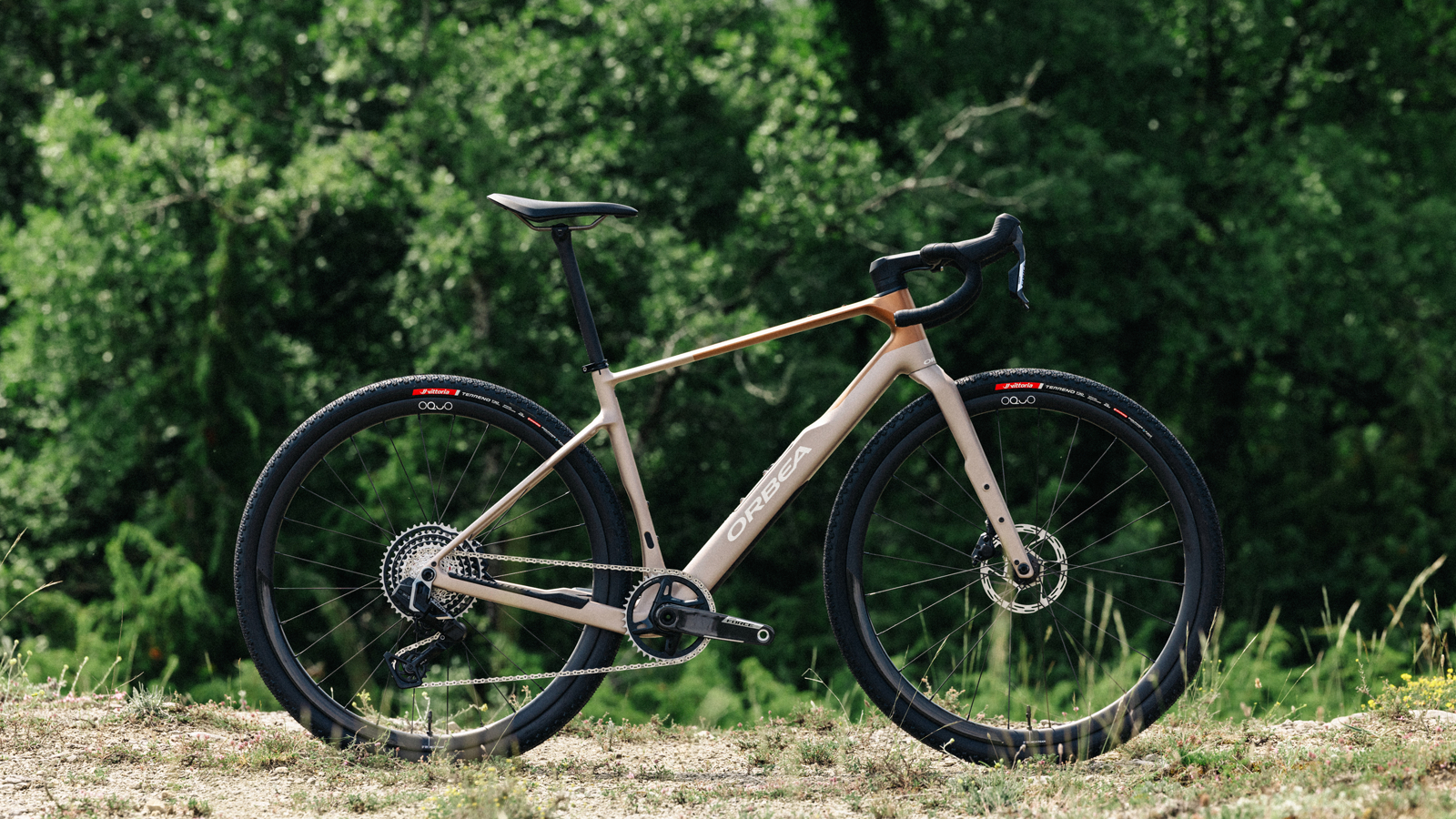
Specifications
Reasons to buy
Reasons to avoid
✅ You want a performance carbon frame: Even the lowest-spec Terra M30Team 1X shares the same high-quality carbon frame as the top-tier model, making it a solid foundation for future upgrades.
✅ You want versatility: The Orbea Terra fork mounting points, internal storage, and 50mm tyre clearance, which make it suitable for everything from bikepacking to endurance racing.
❌ You want to run wider tyres: While the frame has clearance for 50mm tyres, the basic alloy wheelset has a very narrow inner rim diameter which isn't optimal for wider tyres.
Orbea recently released its third-generation Terra with an increased focus on versatility, while the new Terra Race takes over gravel competition duties. Orbea has given the Terra more mounting points, increased internal storage in the downtube and increased tyre clearance to 50mm, making the Terra a perfect choice for any gravel ride from bikepacking to endurance racing.
Its newfound versatility hasn't dampened its performance. I tested the Orbea Terra out on its launch and found it to still be fast and precise. It's not the most capable platform, but it strikes an excellent balance between speed and capability, meaning it's engaging enough for fast-paced riding but still comfortable enough for bikepacking and long-distance.
The Terra M30Team 1X is the lowest spec model that Orbea offers, but it shares the same carbon frame as the top-of-the-range model that I ride, making it a worthy frameset for future upgrades.
Speaking of upgrades, Orbea offers component customisation through its website, giving you options to pick different handlebar and stem dimensions or upgrade the wheelset. The Terra M30Team 1X comes equipped with Shimano's 1x12 GRX groupset, although there is also an option for a 2x12 groupset if you prefer a double.
If you want to read more about the Orbea Terra, check out my first ride review.
Best for versatility
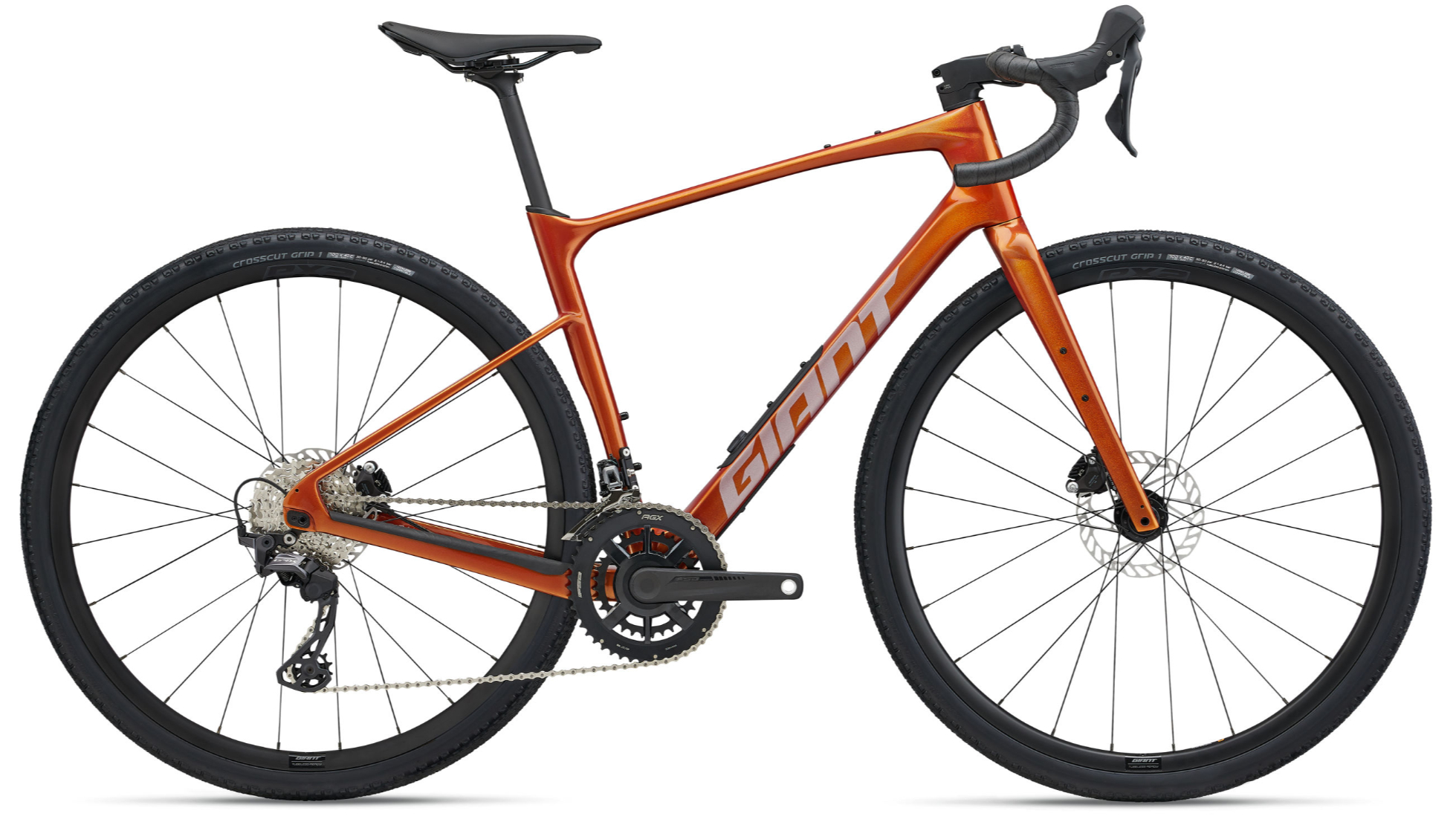
2. Giant Revolt Advanced 2
Specifications
Reasons to buy
Reasons to avoid
✅ You want a versatile gravel bike: Very few gravel bikes offer geometry adjustment, allowing you to adjust the chainstay length.
✅ You want huge tyre clearance: The Revolt has clearance for a 53mm tyre, or about 2.1 in MTB language, so you can run some proper big tyres for extra grip and comfort.
❌ You want a simpler 1x drivetrain: Giant only offers the Revolt Advanced with a double chainset.
Giant's Revolt is another budget gravel bike that punches well above what you would expect from a mid-range gravel bike. In fact, the Revolt is one of the few gravel bikes that offers adjustable geometry.
There is a flip-chip in the rear dropout that adjusts the chainstay length by 10mm. That means you can lengthen the wheelbase to enhance stability when loaded or riding fast, rough descents or shorten it for a more agile ride on the road or smoother gravel. It's a neat touch and broadens the usability of the bike.
The Revolt has been able to clear big tyres for a while now, with plenty of space to clear a 53mm tyre in bot the long and short flip-chip position. For 2025, Giant has also added internal frame storage in the downtube to easily stash any tools or spares you might need out on a ride.
My one criticism is that Giant only offers the Advanced level bikes with a double chainset. If you prefer the simplicity of a single front ring, then I would recommend looking elsewhere.
Best value option
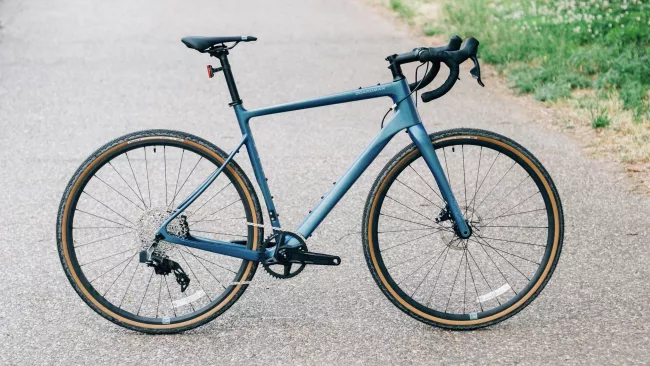
3. Boardman ADV 9.2
Specifications
Reasons to buy
Reasons to avoid
✅ You want good value: Boardman packs a lot for bike for your cash.
✅ You want electronic shifting: The Boardman's SRAM groupset is a high-quality choice.
❌ You want wider gearing: There's a sub-1:1 lowest ratio, but the 97-inch top gear is a little low.
❌ You want wider tyre clearance: 42mm is now quite conservative, with closer to 50mm now typical.
The Boardman ADV line is a solid option for the money and represents good value. If you're buying your first gravel bike or upgrading an existing one, there are a lot of plus points to consider here. There's a solid carbon frame, an electronic 1x SRAM groupset and a capable enough build kit elsewhere. The OEM wheels are fairly basic, but tubeless-ready and the wheels are pretty easy to upgrade further down the line.
It has a round, simple seatpost clamp which won't give you any trouble compared to the integrated wedge-style clamps that are more involved and can sometimes slip. A non-integrated front-end and standard stem and bars also mean maintenance costs should be lower and you can upgrade the cockpit more easily to get the perfect fit.
It won our best value award in our recent gravel bike field test, beating a lot of other more expensive machines. The ride itself is solid, if a little unremarkable and the 42mm tyre clearance is a little narrow, but for the price and kit, this bike will see you right.
4. Best alloy option
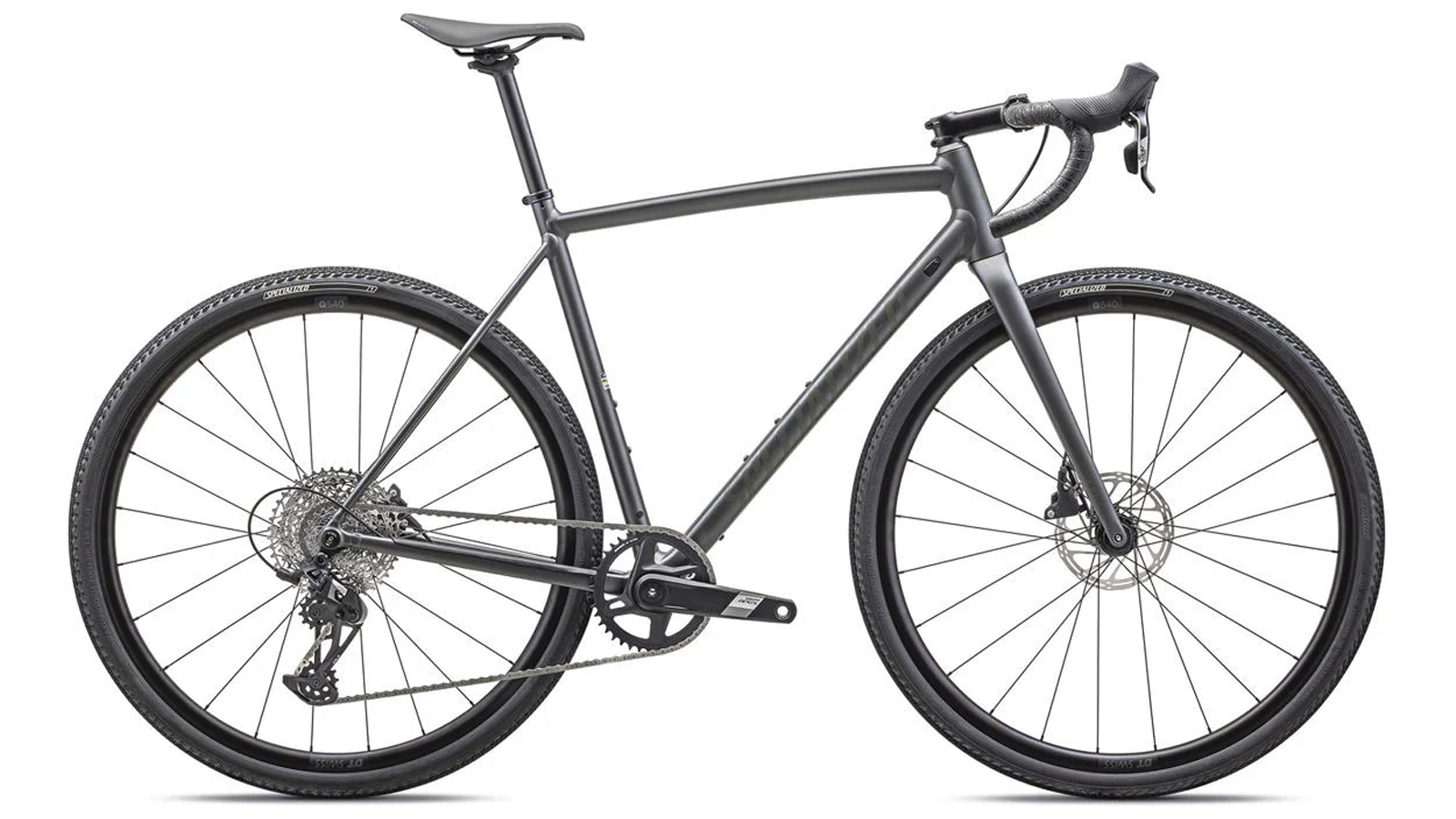
4. Specialized Crux DSW
Specifications
Reasons to buy
Reasons to avoid
✅ You want an affordable, fun and fast gravel bike: The aggressive geometry is great for performance gravel riding.
✅ You want a lightweight alloy frame: If you prefer the carefree life of alloy but want a frame that can keep up with carbon, this is it.
❌ You want a premium build option: Specialized only offers the Crux DSW in a low spec build, although it's available as a frame-only option if you want to build your own bike.
When it comes to the best alloy gravel bike it's hard to look past Specialized's Crux DSW, which is claimed to be the lightest alloy frame at 1399 grams (56cm). It's built using Specialized's patented D'Aluisio Smart Weld process – hence the DSW name – and results in an overall bike weight of 9.37 kg, which is very respectable for a budget gravel bike.
Our Tech Editor Josh loved the nimble and responsive handling of the carbon Specialized S-Works Crux and the good news is the Crux DSW trickles down the same performance-oriented geometry, 47mm tyre clearance (2.1in on a 650b wheel) and even the same Fact12r carbon fork.
Opting for alloy rather than carbon for the frame, and speccing SRAM's mechanical Apex XPLR groupset and alloy DT G540 wheelset means the Crux DSW easily falls into our budget category. I would like to see a second option with a better spec, as a better quality groupset or some carbon wheels would significantly drop the weight further, although it's available as a frameset if you want to go down the custom route.
Best for bikepacking
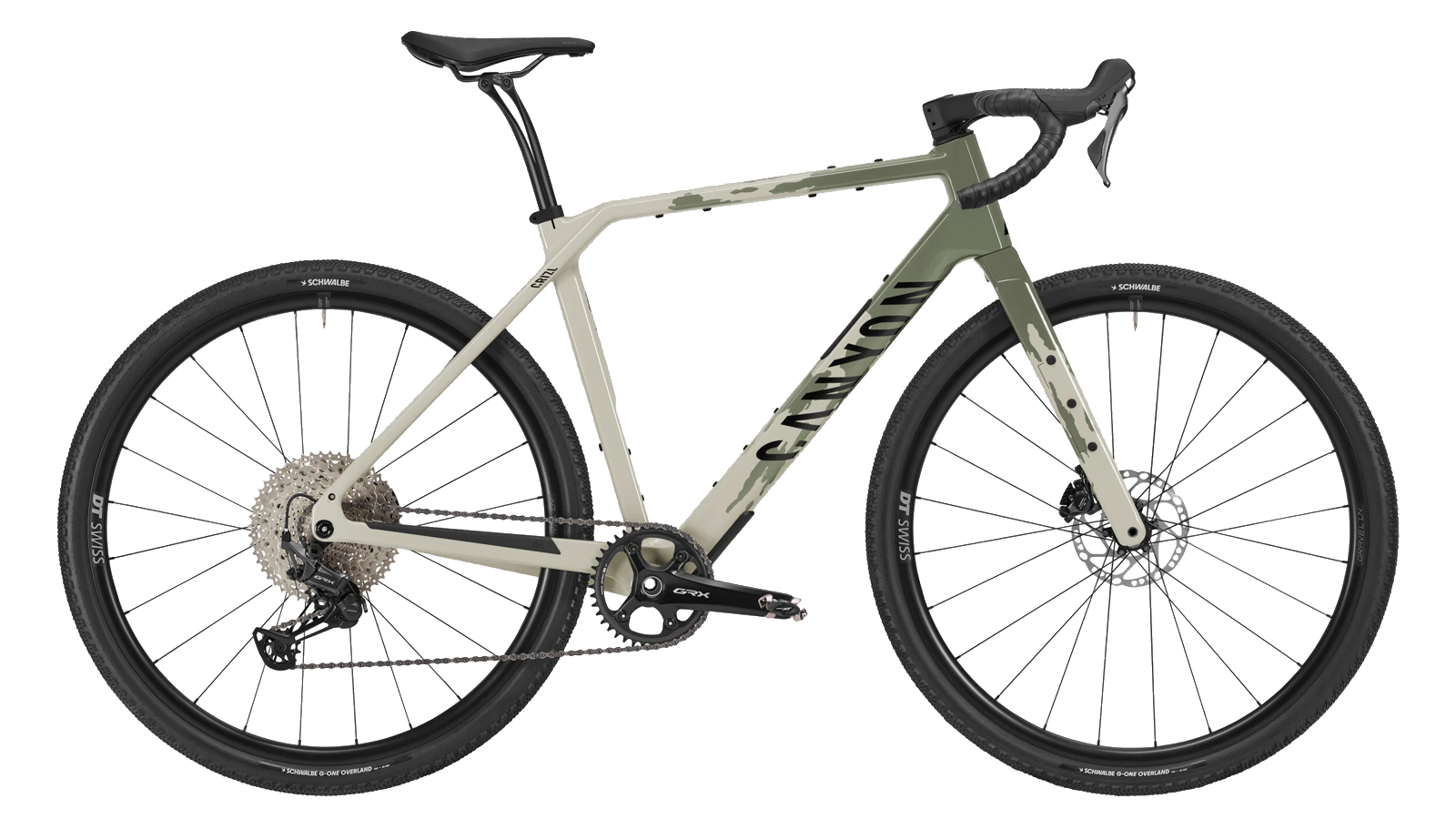
5. Canyon Grizl CF 7 ESC
Specifications
Reasons to buy
Reasons to avoid
✅ You want a capable gravel bike: The wider bars, 54mm tyre clearance and relaxed riding position increase comfort and stability on the most adventurous terrain.
✅ You want versatile luggage mounting options: Canyon has loaded the Grizl with every conceivable bikepacking option, so whether you prefer rack and panniers or bikepacking bags, the Grizl ESC has you covered
❌ You want a racier position: While the previous Grizl could turn its hand to a bit of fast gravel riding, the geometry of the new bike may be a bit too relaxed.
The Canyon Grizl is a proper adventure gravel bike, loaded with mounting points for luggage, huge tyre clearance and relaxed geometry. The third edition of the Grizl now comes in two versions, the OG (Original Gravel) and the ESC featured here, which is kitted out for the biggest adventures.
Canyon being Canyon, the Grizl CF7 ESC handlebar is the big talking point here. Dubbed the Full Mounty, it's a loop-style carbon handlebar that adds extra hand positions and offers a mounting point for GPS computers, lights, and a range of additional accessories, such as Canyon's LOAD bags and even aero extensions.
Luggage options don't stop there, the Grizl has fork mounts and internal frame storage within the downtube. There are bosses on the fork, top tube and downtube, you can fit racks front and rear and, if that wasn't enough, Canyon sells a LOAD FidLock MidLoader framebag that attaches to the frame using magnets.
If you aren't a regular bikepacker but you're looking for a capable gravel bike, the Grizl CF7 also comes in an identical CF7 OG build. It has the same spec but with a conventional alloy and saves a decent chunk of cash.
Best for gravel racing
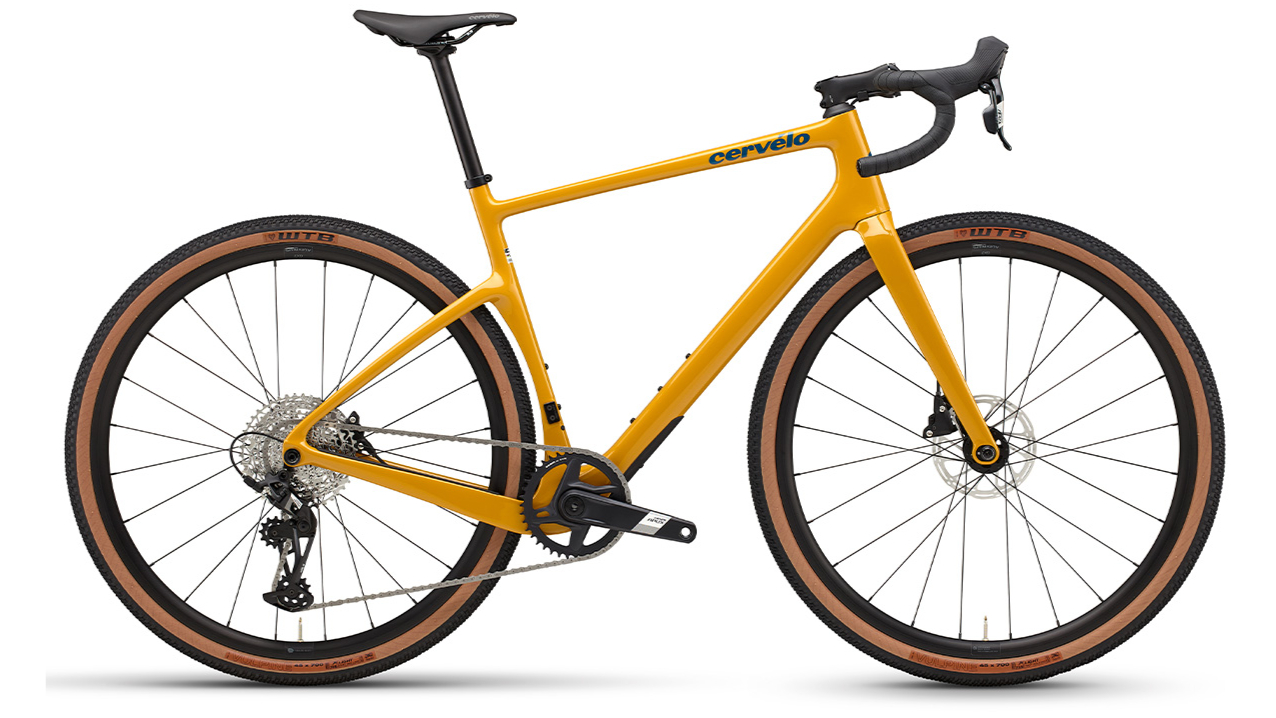
6. Cervelo Aspero Apex XPLR 1
Specifications
Reasons to buy
Reasons to avoid
✅ You want an aerodynamic gravel race bike: Aero tubing and the tucked rear wheel conserve energy and help you go faster for longer.
✅ You want a bike that will work on and off-road: The Aspero is fast enough it will happily take on some road duties too, especially if you invest in some slick tyres and a more aero set of wheels.
❌ You want to go bikepacking: The Aspero will do it, but it's not really what it is designed for.
Cervelo's Aspero has always been about going fast, as Cervelo puts it, the purpose of the Aspero is to "haul ass, not cargo". That means you get aerodynamic tubing, sharp handling and an aggressive ride position. It's a dedicated gravel race machine and if you are the rider who is hunting KOMs or battling between the tape, then this is the bike for you.
What you don't get is mounting points for bikepacking bags and massive tyre clearance, but it's not a bike designed for big adventures. It still has 45mm of tyre clearance, which should provide most riders with enough comfort and grip. It's also a great bike if you need one steed to cover road and off-road alike.
When you clicked on this guide, I bet you didn't think that there would be a Cervelo on the list. The Aspero isn't just a fast gravel race bike, it's also available in a very reasonably priced build spec. Eschewing cables in favour of a wireless SRAM Apex XPLR AXS 12-Speed groupset.
Best for suspension
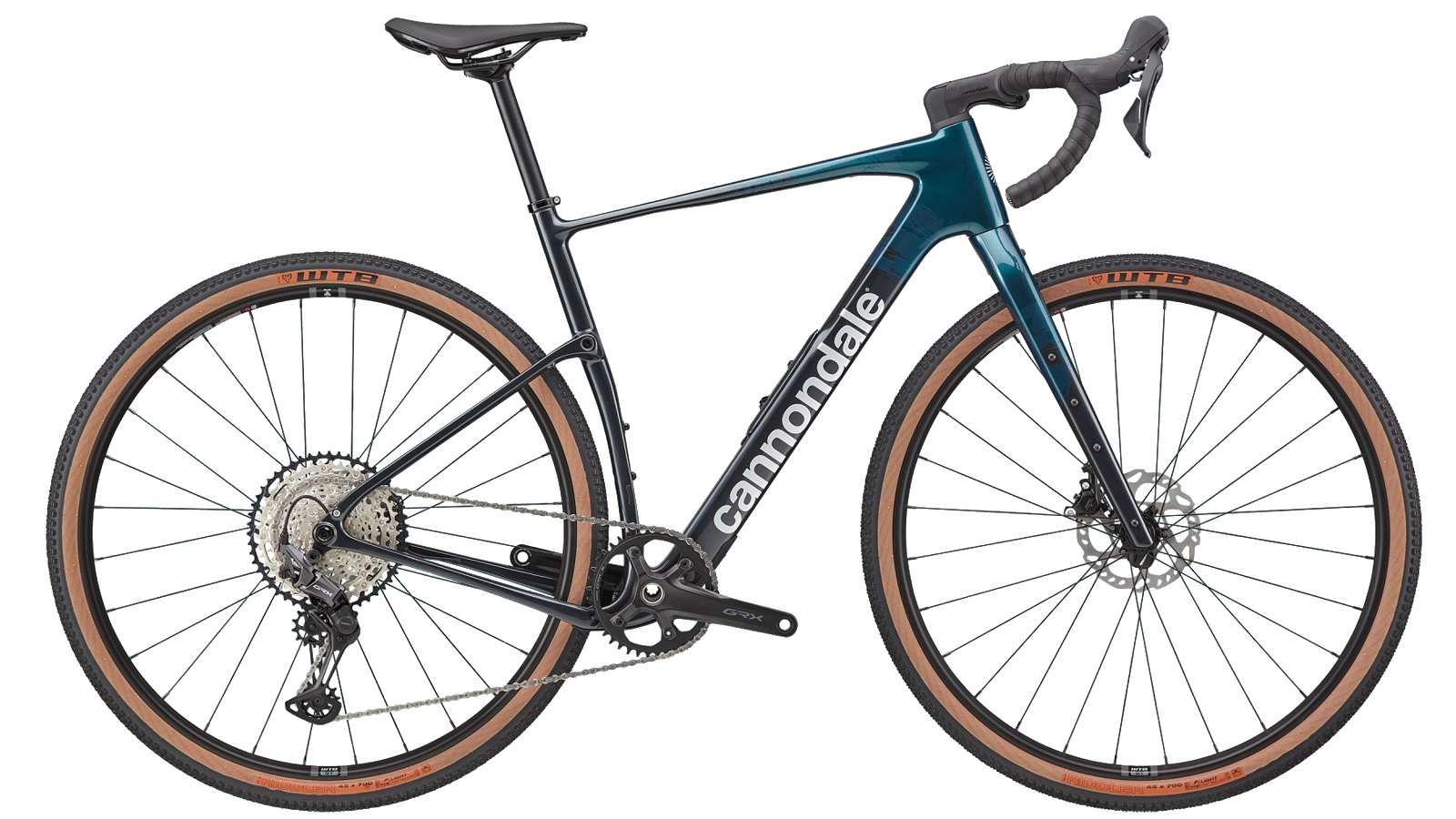
7. Cannondale Topstone Carbon 3 GRX - 1x
Specifications
Reasons to buy
Reasons to avoid
✅ You want extra ride comfort: Rear Kingpin suspension system and big tyres smooth out bumps and vibrations to help reduce fatigue.
✅ You want versatile off-road handling: Cannondale has given the Topstone that feels equally at home on an all-day epic to bar-to-bar racing.
❌ You want better wheels: The WTB ST i25 TCS wheels are fairly basic and would be my first upgrade.
The Cannondale Topstone is designed to be versatile enough to offer an escape onto gravel back roads away from urban traffic, as well as a place on the start line of a gravel race.
It features Cannondale's Kingpin, the brand's proprietary built-in rear suspension, to smooth over the bumps and provide a comfortable ride no matter how rough the terrain gets. It doesn't use any active dampers, instead, the system utilises the frame size-specific compliance of the rear triangle and a thru-axle pivot attaching the seatstays to the seatpost. This setup delivers up to 30mm of travel without adding much additional weight or complication. On top of that, the Topstone has space for a 56mm front tyre and 52mm rear tyre, so you can fit some proper chunky rubber in there.
It comes with all the modern gravel mod-cons like internal storage, fork bosses and as it uses a round seatpost, it's also dropper post compatible. It wouldn't be a Cannondale without some extra tech though and the Topstone features a Wheel Sensor that delivers speed, distance and route info, service reminders, and more via the Cannondale App.
Best titanium option
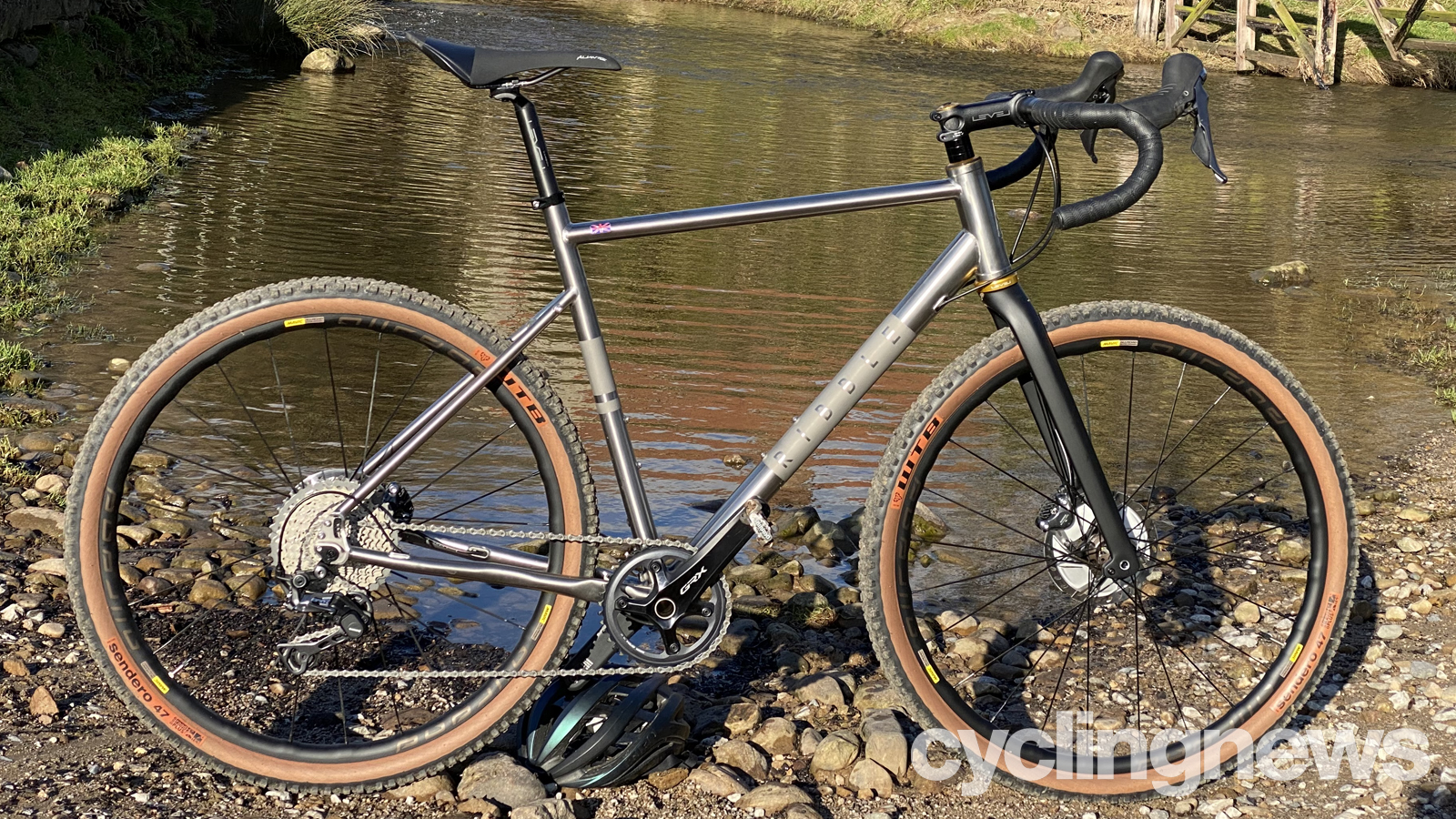
Specifications
Reasons to buy
Reasons to avoid
✅ You want titanium without the price tag: Ribbles are among the most affordable titanium bikes.
✅ You want to choose your spec: Use Ribble's bike builder to choose your own components or opt for a stock build.
❌ You want more gravel grunt: The Ribble Gravel Ti is a more dedicated titanium gravel bike.
❌ You want a more budget option: Although inexpensive for titanium, the titanium Ribble is still quite pricey.
While there are cheaper ways of getting a versatile titanium bike, you'd be hard-pushed to find something that looks and feels this luxurious. With its triple-butted, multi-shaped pipework, Ribble's titanium gravel bike hits that sweet spot, offering all-around versatility and a lovely ride feel.
Despite being built from a classic material, there's plenty of contemporary flair to deliver the ride you want from a bike like this. From the dropped seat stays and CNC-machined 3D dropouts to the bolt-through rear axle that doubles as a mech mount to mitigate damage in the event of a crash.
Add to this clearance for 45mm tyres on 700c wheels, plus 650b compatibility, and you're in for a really good time. The CGR Ti rolls on a set of Mavic Allroad wheels shod with Schwalbe G-One tyres and up front are Ribble's own-brand Level handlebars.
Ribble now specs the CGR Ti in a more road-going Shimano 105 or 105 Di2 spec, with 700c tyres, but there's still the compatibility to set up for gravel, as in our four star Ribble CGR Ti review.
Best for technical gravel
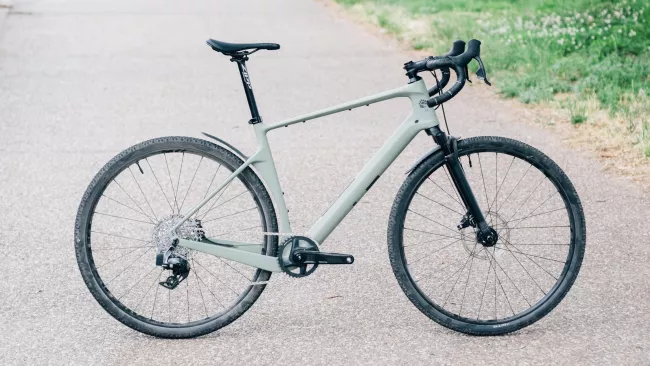
9. YT Szepter - Core 3
Specifications
Reasons to buy
Reasons to avoid
✅ You want to ride rough stuff: The suspension fork is a bonus.
✅ You want an MTB-style ride: YT mainly makes MTBs and the Szepter has MTB-style geometry.
❌ You want lower weight: YT quotes a weight close to 10kg for the Szepter.
❌ You want to try before you buy: YT only sells direct from Germany.
We first rode the top-end Szepter Core 4, while the Core 3 model took our most fun award from our group test. If you're coming from mountain bikes to drop bar bikes or want to challenge yourself with your gravel riding and just have the most amount of fun possible, the Szepter is the bike for you.
It will cover regular gravel duties just fine, but if you want to really test it off-road, the RockShox Rudy fork and front-end position will let you tackle terrain other gravel bikes will struggle with. We found this ourselves when testing the bike off-road.
The spec is solid throughout the bike with no corners cut. There's Zipp aluminium finishing kit, external brake cables for hassle-free headset maintenance and SRAM AXS electronic shifting. The WTB wheels are a good choice and you also get some premium Peaty's tubeless valves included as standard.
If you want to set off from home on the road, linking some off-road sections into your ride, and hammer some descents and technical sections the Szepter will do it all without breaking a sweat.
How to choose the best budget gravel bike for you
There are a lot of considerations when looking for the best budget gravel bike.
Read on for our guide to help you to choose the the best budget gravel bike for you.
Budget
The first question is how much you plan to spend. Although we've billed the bikes above as 'budget' they're not inexpensive. There may be lower specs of the same bike that will save you some money, or you may be able to get a spec upgrade by spending a little more.
Frame material
We discuss frame material in more detail below, but most of our picks above are carbon framed, with a few alloy options.
Groupset and gear ratios
In general, a gravel-specific groupset will offer lower ratios than a road groupset, but look out for a lowest gear that's below 1:1 if you plan to spend much time on hillier off-road.
This may result in quite a low highest gear though, which on road may cause you to spin out, so check the high-end ratios will meet your needs too, if you plan on/off-road use.
Tyre clearance
Gravel bike tyre clearance is getting ever-wider, with many gravel bikes now accommodating 50mm rubber. That's useful for extra mud clearance, even if you don't plan to make use of such wide tyres and will also allow you to add grip.
Big tyre clearance isn't so necessary if you plan to spend more time on tarmac, and the widest tyres may also slow you down a little
Tyres
Don't expect one tyre to do it all. If you're riding on muddy trails, you'll probably need extra grip, but on road a mud-loving tyre will probably slow you down.
Similarly, a fast-rolling tyre may be fine for dry summer gravel riders, but you'll slip around on the trails once wet weather returns.
Expect to need multiple tyres and to swap them out between seasons and possibly even between rides.
Wheels
Almost all gravel bikes will be equipped with tubeless-ready wheels, but do check that they and your tyres can be run tubeless, as it will save you a lot of grief and add comfort.
Brakes
All the bikes above have hydraulic disc brakes, but lower specs may swap to cable-operated mechanical disc brakes. Mechanical brakes in general work fine, but aren't as responsive or effective as hydraulic brakes. They may need more maintenance too.
FAQs
What material should I choose for my budget gravel bike?
The answer to this will depend on how you define 'budget'. If you can stretch to a carbon fibre frame from a reputable brand with good components, then you'll undoubtedly be happy with your choice, but the answer to this question lies in your response to the next question.
When it comes to the best budget gravel bikes, foregoing carbon fibre in favour of lower-cost steel or aluminium is a good way to save a good amount of money. Carbon options may be available, but at lower price points may be best avoided as manufacturers will need to make compromises to keep the costs down. That will probably mean the spec is worse, and it will also usually be made with a lower quality of carbon fibre and in our opinion good alloy trumps bad carbon.
The majority of the lower-priced gravel bikes will be made from aluminium. Aluminium technology is constantly evolving, and despite being a stiffer material, frame designers are able to now build aluminium frames with increasing levels of compliance and comfort. Meanwhile, steel is well-established as a forgiving yet durable material. It is generally a little heavier than alloy, but the ride quality it delivers garners a dedicated following. If you are touring you will also generally stand a better chance of getting steel repaired in remote locations.
On which components should I prioritise my spend?
There will undoubtedly be compromises that you are forced to make to ensure you get the best budget gravel bike without spending more than you can afford, but exactly where those compromises should take place depends on your desires.
Generally, a top-tier frame will ride worse with base-level components than a mid-tier frame with mid-tier components, so unless you plan on aggressively upgrading components in the near future, you shouldn't sacrifice a good quality groupset and wheels in favour of a carbon fibre frame.
As for the rest of the bike, think of it in a cost + complexity = priority calculation. Groupsets are both expensive and complex to upgrade, so make this a higher priority. Wheels are also expensive, but they are much easier to upgrade, so these can be slightly lower on the list.
Things like saddles, seatposts, stems and handlebars are much lower in cost and easier to upgrade, and you might find you need to upgrade them anyway in order to make the bike more comfortable, so these can be further down the list.
Consumables like tyres, chains and bar tape will probably not come into the equation, but if they do, remember that you will be forced to upgrade them at some point in the future when they wear out, so keep these near the bottom of the list.
Which components should I look for?
There are some components that will categorically improve the performance of a gravel bike that, outside of really niche use cases, should be a prerequisite on your budget gravel bike.
All the bikes in this guide have hydraulic disc brakes and they are something of a must. They not only give you more power but also offer improved modulation and control. They generally require little to no maintenance either, although if you do snag a hydraulic hose on a tree, it's probably going to need a trip to the bike shop to be fixed, so bear this in mind if you're going off into the wilderness for days on end.
Tubeless tyres are the other key component. Punctures, sadly, go hand-in-hand with riding off-road, so choose a bike with rims and tyres that require no additional spending (except valves and sealant) to allow you to ditch the inner tube.
Thirdly, consider your chainset. The gravel bikes in our guide use either 1x, or 2x drivetrains, and the number here denotes the number of chainrings connected to your cranks. A 1x drivetrain uses a single chainring with a wide-range mountain bike-style cassette to simplify the drivetrain and save weight. A 2x chainset offers two chainrings, and thus offers twice as many gears, however, the spread of gears is usually similar.
Should I choose 650b or 700c wheels and tyres?
The advantages and disadvantages of 700c vs 650b-sized wheels have been long debated and will continue to be discussed for a long time. Riders who are looking for on- and off-road versatility will be best served by the lower weight and better obstacle rollover of 700c wheels. Those riding rougher terrain will find that the increased tyre size and volume of 650b wheels offer a significant advantage in grip and comfort.
Many gravel bikes will be able to accommodate both wheel sizes, giving riders who invest in a spare set of wheels the option of 'two bikes in one': a 700c wheelset set-up with fast-rolling tyres for the road and a 650b wheelset with large, knobbly tyres for more adventurous riding. However, we think manufacturers are moving away from 650b generally with more bikes being specced with 700c wheels now.
Is a gravel bike much slower on the road?
It can be easy to have a preconceived idea that gravel bikes are slow on the road. Capable gravel bikes these days are surprisingly nippy on the road too. If you are riding just on the tarmac, pumping the larger volume tyres up a little more can result in a comfortable and zippy ride that will put a smile on your face, plus you can dart off-road whenever you want.
How we test
Cyclingnews' team of expert testers has been riding for years, including a whole range of gravel bikes. We ride bikes in a variety of conditions and over a range of routes year-round, so we get a true picture of how each individual gravel bike performs. Our detailed testing notes keep a tally of the factors that have gone into our overall evaluation. Several of these bikes were also tested in a head-to-head group test giving a direct comparison between the bikes.
You can read more on how we test via this link.
The latest race content, interviews, features, reviews and expert buying guides, direct to your inbox!

Tom joined the Cyclingnews team in late 2022 as a tech writer. Despite having a degree in English Literature he has spent his entire working life in the cycling industry in one form or another. He has over 10 years of experience as a qualified mechanic, with the last five years before joining Cyclingnews being spent running an independent workshop. This means he is just as happy tinkering away in the garage as he is out on the road bike, and he isn’t afraid to pull a bike apart or get hands-on with it when testing to really see what it’s made of.
He has ridden and raced bikes from an early age up to a national level on the road and track, and has ridden and competed in most disciplines. He has a keen eye for pro-team tech and enjoys spotting new or interesting components in the wild. During his time at Cyclingnews, Tom has already interviewed some of the sport's biggest names including Mathieu van der Poel, Tadej Pogačar and Alberto Contador. He's also covered various launches from brands such as Pinarello, Ridley, Specialized and more, tackled the Roubaix Challenge sportive aboard his own rim-brake Cannondale SuperSix Evo, tested over 20 aero helmets in the wind tunnel, and has created helpful in-depth buying advice relating to countless categories from torque wrenches to winter clothing.
